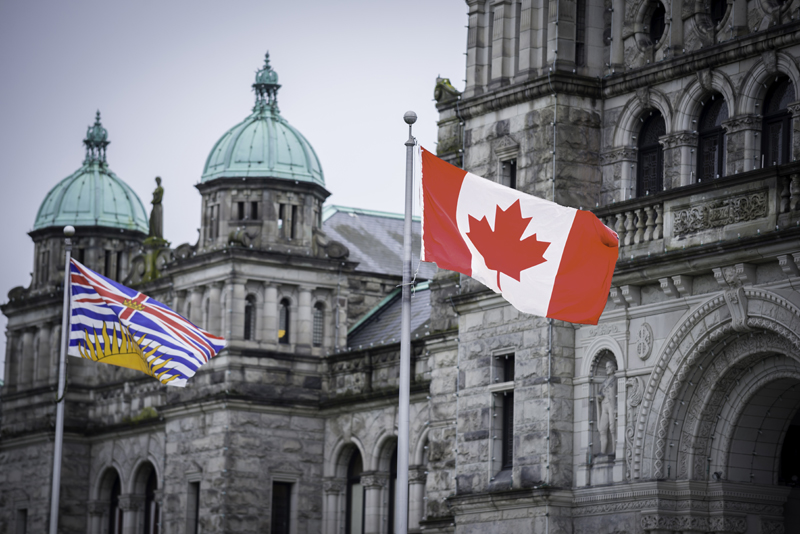In order to understand the purpose of the Legislative Assembly of British Columbia, a historical context of Canada’s constitution and governance is required.
Canada, including all its provinces and territories, is a constitutional monarchy. According to the constitution, His Majesty King Charles III is the head of state of Canada, and the Governor General and Lieutenant Governors are his representatives nationally and provincially, respectively.
In practice, the Governor General and Lieutenant Governors usually act in accordance with the advice given them by their respective first minister - the Prime Minister or Premier - much as the King acts in accordance with the advice given to him by the Prime Minister of the United Kingdom.
The constitution of a country or province outlines the basic rules and principles for how that country or province is governed and how its legislative, executive, and judicial bodies relate to each other and to its people. Constitutions have two parts, often referred to as the written and the unwritten parts.
Some constitutions have almost all of the important provisions set out in one basic written document. The United States and India are two of many countries that have such written constitutions. At the other extreme are a few countries that have no such document. The United Kingdom is the best known example. It has an unwritten constitution that consists of well understood principles, or “conventions.” Many of these conventions are embodied in laws or affirmed in court decisions, but there are extremely important aspects of the U.K. constitution that have no formal written basis. Both Canada and British Columbia have a written constitution and unwritten conventions.

